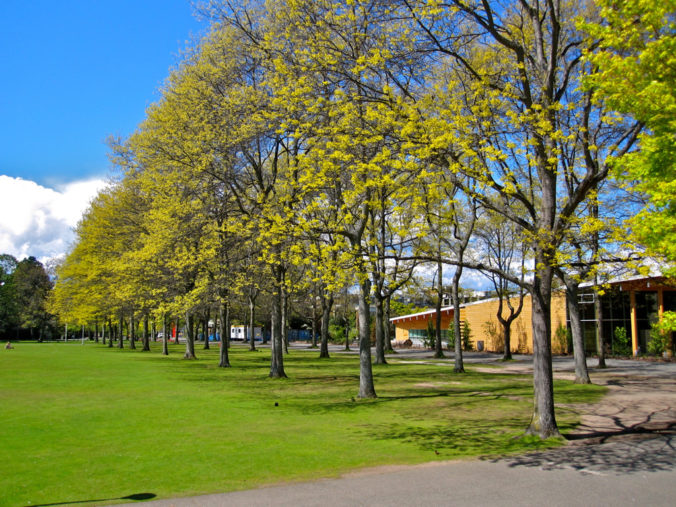When the high school teacher is designing his/her class, he/she needs to consider the three kinds of learners.
Regarding a cognitivist, the student may need to be guided in the aspect of learning strategies instead of specific learning content. Besides, a cognitivist can learn better if he/she is explained the connections between new knowledge and prior knowledge. Given the two features, the teacher is suggested to give more autonomy to the students by teaching them new strategies about how to learn about climate change. For example, the teacher can explain the cause and consequence of climate change and encourage students to depict the process in a flow chart or a mind map. By using the study tools of flow charts and mind maps, the students can not only have a better master of climate change, but also they are aware of the usage of flow charts and mind maps and use them in future studies.
As for a behaviorist, the student needs feedback, attention, and interactions throughout the course. They need impulses to behave better and the teacher can harvest desirable learning outcomes if he/she can figure out what reinforcers work effectively for these students. In this context, the teacher can give several small quizzes after each part of the course. It’s also advisable to praise those who have made great efforts and earned good grades on the examinations. As a result, these students may find themselves valuable and motivated to learn more related knowledge.
The third group of constructivists places an emphasis on their own experience. Therefore, when the teacher is designing the course content, he/she needs to spend time thinking about how climate change influences the personal lives of the students. More specifically, the teacher can assign an essay or arrange a presentation activity to encourage the students to express their own opinions and experience. The students can write an essay revolving around why climate change is related to them, how climate change influences their own lives or their own neighborhoods, and what the students themselves can do to tackle the problem of climate change. The students are also encouraged to write about what they students have done to contribute to climate change, and how to slow down the pace of climate change by making some changes in a smaller environment, such as a classroom or on campus.
Reference
Learning Theories – EDCI 335. (n.d.). Retrieved September 25, 2022, from https://edtechuvic.ca/edci335/learning-theories/

Recent Comments